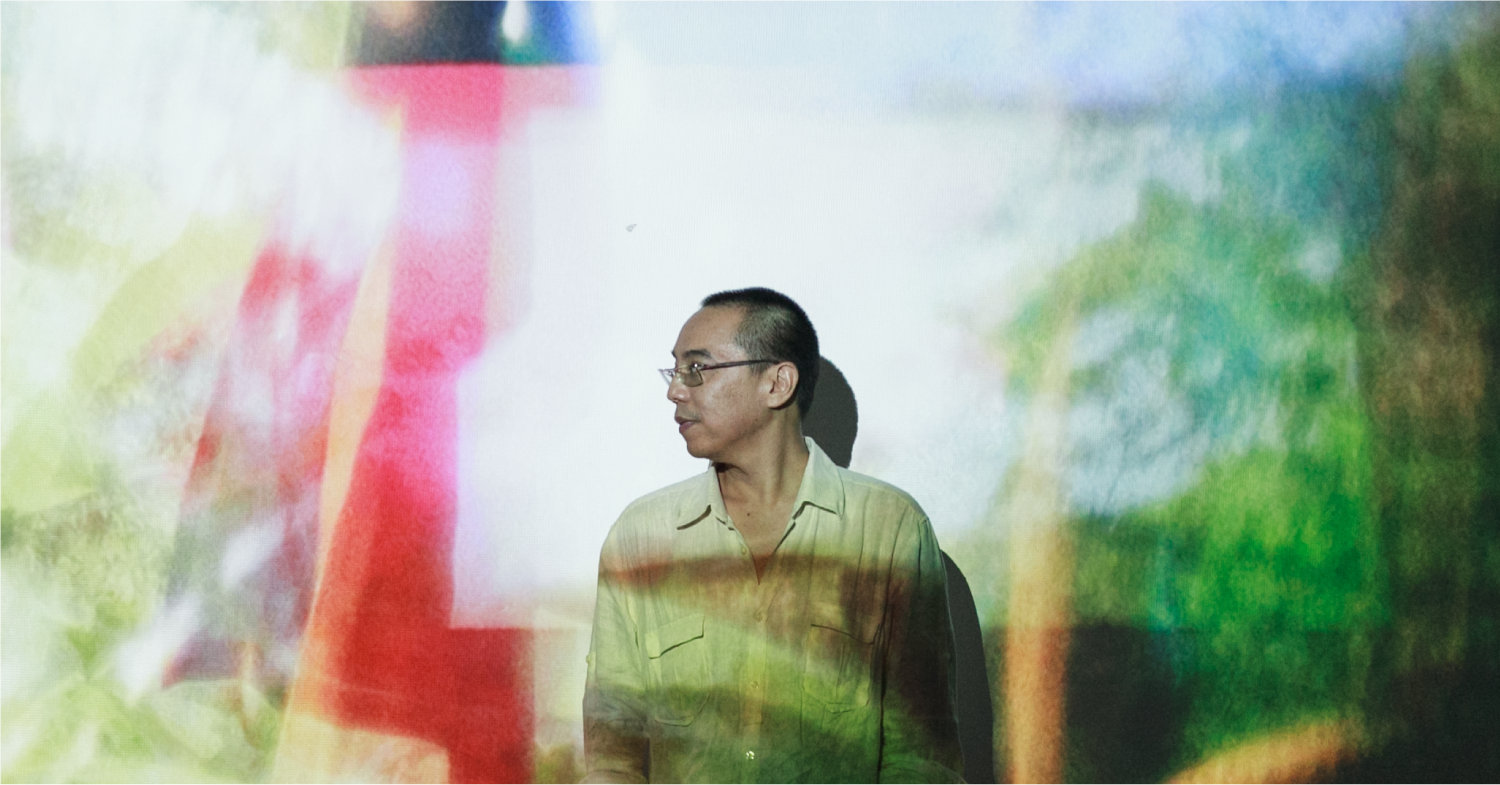Posted on July 1, 2016

The Leo Award named after the early ICI supporter, renowned art dealer Leo Castelli, was created to recognize outstanding achievements in advancing the field of contemporary art. With the Leo Award this year, ICI continues to commemorate Castelli’s legacy by recognizing for the first time another pioneer gallerist.
This year ICI is thrilled to honor Marian Goodman, a steadfast advocate for artists and contemporary art, with the Leo Award. For half a century, Marian Goodman has shown deep commitment to fostering the careers of some of the most significant and respected artists of our times, with a distinctive vision — international in scope, thoughtful, and always intimately supportive of the creative process.
In 1965, Mrs. Goodman founded Multiples, which published prints, multiples, and books by leading American and European artists, including John Baldessari (ICI Trustee, 1994–2000), Marcel Broodthaers, Roy Lichtenstein (ICI Leo Award 1997), and Gerhard Richter. In 1977, she opened Marian Goodman Gallery with an exhibition of Broodthaers, the Belgian artist’s first in the U.S. Since then, the gallery has led the way in introducing international artists to American audiences, while also opening exhibition spaces in Paris in 1997, and most recently in London in 2014.
Past recipients of the Leo Award include Michael Govan, Dimitris Daskalopoulos, Roy and Dorothy Lichtenstein, Miuccia Prada, and Dasha Zhukova.



